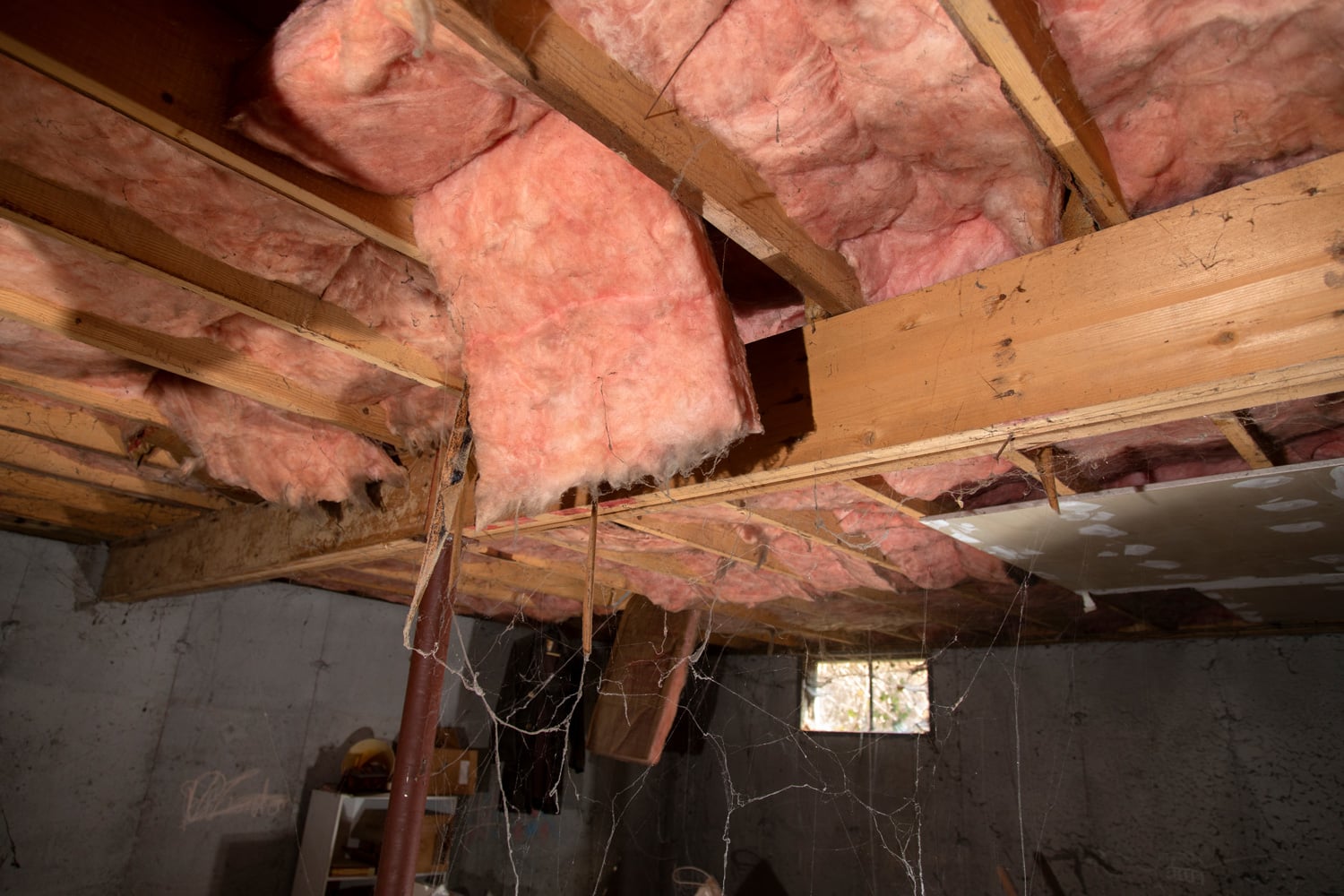

Articles
How To Clean Up Fiberglass Insulation
Modified: January 5, 2024
Looking for articles on how to clean up fiberglass insulation? Discover expert tips and tricks to effectively remove fiberglass insulation in this comprehensive guide.
(Many of the links in this article redirect to a specific reviewed product. Your purchase of these products through affiliate links helps to generate commission for Storables.com, at no extra cost. Learn more)
Introduction
Fiberglass insulation is a popular choice for insulating residential and commercial buildings due to its effectiveness in reducing heat transfer and improving energy efficiency. However, over time, fiberglass insulation can accumulate dust, dirt, and other debris, which can diminish its performance and potentially impact indoor air quality. Regular cleaning and maintenance of fiberglass insulation is essential to ensure its longevity and effectiveness. In this article, we will provide you with a step-by-step guide on how to clean up fiberglass insulation effectively and safely.
Before diving into the cleaning process, it is important to note that working with fiberglass insulation can pose health risks, such as skin irritation and respiratory issues, due to the tiny glass fibers it contains. Therefore, it is crucial to take safety precautions and wear appropriate protective gear, including long sleeves, gloves, goggles, and a mask, before starting the cleaning process.
Gathering the necessary supplies is the first step in cleaning up fiberglass insulation. You will need:
- Protective clothing (long sleeves, gloves, goggles, and a mask)
- Vacuum cleaner with a HEPA filter
- Broom or brush
- Large garbage bags
- Old towels or rags
- Mild detergent or cleaning solution
- Spray bottle
- Water
Now that you have all the necessary supplies, let’s move on to the step-by-step process of cleaning up fiberglass insulation.
Key Takeaways:
- Regular cleaning and maintenance of fiberglass insulation is essential to ensure its longevity and effectiveness, contributing to improved energy efficiency and indoor air quality.
- Prioritize safety by wearing protective gear and following proper disposal guidelines when cleaning fiberglass insulation to minimize health risks and environmental impact.
Read more: How To Clean Up Fiberglass From A Mattress
Safety Precautions
Before you begin cleaning up fiberglass insulation, it is essential to prioritize safety to minimize the risk of harm. Here are some important safety precautions to follow:
- Wear protective clothing: Always wear long sleeves, gloves, goggles, and a mask to protect your skin, eyes, and respiratory system from exposure to fiberglass fibers.
- Work in a well-ventilated area: Choose a well-ventilated space to clean up fiberglass insulation. Open windows or turn on fans to improve air circulation and reduce the concentration of fiberglass particles in the air.
- Keep children and pets away: Ensure that children and pets are kept at a safe distance from the cleaning area to prevent accidental exposure to fiberglass fibers.
- Avoid direct contact with fiberglass: Minimize direct contact with fiberglass insulation as much as possible. It is best to use tools, such as a broom or brush, to handle the insulation during the cleaning process.
- Dispose of contaminated materials properly: Seal all the fiberglass debris and cleaning materials, such as gloves and rags, in plastic bags before disposing of them to prevent further fiber release. Follow your local waste disposal guidelines for proper disposal.
- Clean yourself and your tools: After you finish cleaning, wash your hands and exposed skin thoroughly with soap and water. Clean your tools and equipment, such as brooms and brushes, to remove any lingering fiberglass particles.
By following these safety precautions, you can protect yourself and others from potential health risks associated with fiberglass insulation.
Gathering Supplies
Before you embark on cleaning up fiberglass insulation, it is important to gather all the necessary supplies to ensure a smooth and efficient process. Here are the essential items you will need:
- Protective clothing: As mentioned earlier, it is crucial to wear long sleeves, gloves, goggles, and a mask to protect yourself from direct contact with fiberglass fibers.
- Vacuum cleaner with a HEPA filter: A vacuum cleaner with a HEPA (High-Efficiency Particulate Air) filter is recommended for fiberglass insulation cleaning. The HEPA filter will trap fine particles, including fiberglass fibers, preventing them from getting released back into the air.
- Broom or brush: Use a broom or brush with stiff bristles to remove loose fiberglass debris from surfaces gently.
- Large garbage bags: Have a sufficient amount of large garbage bags on hand to dispose of the fiberglass debris properly.
- Old towels or rags: Keep old towels or rags nearby to pat down any wet areas during the cleaning process.
- Mild detergent or cleaning solution: Prepare a mild detergent or cleaning solution to remove stubborn stains or dirt from the insulation. Avoid using harsh chemicals that may damage the fiberglass material.
- Spray bottle: Fill a spray bottle with water to dampen the insulation and minimize the release of fiberglass fibers into the air.
- Water: Have access to water to dilute cleaning solutions or rinse surfaces if needed.
Having all the necessary supplies readily available will ensure that you can proceed with the cleaning process without any interruptions. Remember to read the manufacturer’s instructions for any specific recommendations regarding cleaning supplies or techniques for your particular fiberglass insulation.
Removing Loose Fiberglass
Before you start cleaning up fiberglass insulation, it’s important to remove any loose or scattered fiberglass debris. This will help minimize the release of fibers into the air during the cleaning process. Here’s how you can remove loose fiberglass:
- Put on protective gear: Ensure you are wearing protective clothing, including long sleeves, gloves, goggles, and a mask, to protect yourself from contact with the fiberglass fibers.
- Inspect the area: Carefully examine the insulation area to identify any loose fiberglass particles or debris. Pay special attention to corners, crevices, and areas where the insulation may have become damaged or displaced.
- Use a broom or brush: Gently sweep or brush the insulation surface to collect loose fiberglass fibers. Be careful not to apply too much pressure or disturb the insulation excessively, as this may cause more fibers to be released into the air.
- Collect the debris: Place the collected loose fiberglass debris into a large garbage bag. Remember to seal the bag tightly to prevent any fibers from escaping.
- Dispose of the debris: Follow your local waste disposal guidelines to properly dispose of the bag containing the loose fiberglass debris.
By removing the loose fiberglass particles, you will minimize potential exposure to the fibers and create a cleaner environment for the subsequent cleaning steps.
Keep in mind that fiberglass insulation may have different installation methods and may vary in its composition or density. If you are uncertain about how to handle or remove the insulation, consult with a professional or refer to the manufacturer’s instructions for guidance.
Vacuuming Fiberglass Particles
Vacuuming is an effective way to clean up fiberglass particles that may have become airborne or settled on surfaces. When using a vacuum cleaner to clean fiberglass insulation, it is essential to choose a vacuum with a HEPA (High-Efficiency Particulate Air) filter to effectively capture the tiny fiberglass fibers. Here’s how you can vacuum fiberglass particles:
- Put on protective gear: Before you begin, ensure that you are wearing long sleeves, gloves, goggles, and a mask to protect yourself from exposure to fiberglass fibers.
- Prepare the vacuum cleaner: Make sure your vacuum cleaner is equipped with a HEPA filter. The HEPA filter will trap the fine fiberglass particles and prevent them from being released back into the air.
- Vacuum surfaces: Start by vacuuming surfaces around the fiberglass insulation area. Use the vacuum cleaner with a brush attachment or nozzle to gently suction away any fiberglass particles or dust. Pay attention to corners, crevices, and areas where the insulation may have been disturbed.
- Empty the vacuum bag or canister: Regularly check the vacuum bag or canister and empty it as needed to prevent the buildup of fiberglass particles. Dispose of the contents in a sealed plastic bag and follow the proper waste disposal guidelines.
- Clean the vacuum: After you finish vacuuming, clean the vacuum’s attachments, hose, and brush to remove any fiberglass particles that may have accumulated. This will help prevent the dispersal of fibers during future cleaning sessions.
- Dispose of the vacuum cleaner bag or clean the canister: If you’re using a vacuum cleaner with a bag, dispose of the bag in a sealed plastic bag and follow the appropriate waste disposal instructions. If you have a bagless vacuum with a removable canister, empty the canister outside and clean it using a damp cloth or sponge to ensure the removal of any remaining fiberglass particles.
Vacuuming is an effective method to remove fiberglass particles from various surfaces. However, keep in mind that vacuuming may not be suitable for all situations or areas. For example, avoid vacuuming directly on fiberglass insulation or in areas with exposed insulation as it may damage the material or dislodge more fibers into the air. In such cases, alternative cleaning methods may be more appropriate.
Next, we will discuss wet and dry cleaning methods for removing stubborn stains or dirt from fiberglass insulation.
When cleaning up fiberglass insulation, wear protective clothing, gloves, and a mask to avoid skin irritation and respiratory issues. Use a vacuum with a HEPA filter to carefully remove the insulation and dispose of it properly.
Read more: How Much Is Fiberglass Insulation
Wet Cleaning Method
The wet cleaning method is a suitable option for removing stubborn stains or dirt that may have accumulated on fiberglass insulation. This method involves using a mild detergent or cleaning solution along with water to gently clean the surface. Here’s how you can perform the wet cleaning method:
- Put on protective gear: Before you begin, ensure you are wearing long sleeves, gloves, goggles, and a mask to protect yourself from contact with fiberglass fibers.
- Prepare a cleaning solution: In a spray bottle, mix a small amount of mild detergent or a designated fiberglass cleaning solution with water. Follow the manufacturer’s recommended dilution instructions for the cleaning solution.
- Test the cleaning solution: Before applying the cleaning solution to a larger area, test it on a small, inconspicuous part of the fiberglass insulation to ensure it does not cause any damage or discoloration.
- Spray the cleaning solution: Generously spray the cleaning solution onto the stained or dirty areas of the fiberglass insulation. Allow the solution to sit for a few minutes to loosen the dirt or stains.
- Gently scrub the surface: Using a soft brush or sponge, gently scrub the surface of the fiberglass insulation in a circular motion. Be careful not to apply excessive pressure that may damage the insulation or release more fibers into the air.
- Rinse with water: After scrubbing, rinse the area with clean water using a spray bottle or damp cloth to remove the cleaning solution and any dirt or residue. Ensure not to oversaturate the insulation, as excessive moisture can reduce its effectiveness.
- Pat dry: Use an old towel or rag to pat down the damp areas and absorb any excess moisture. Allow the fiberglass insulation to air-dry completely before restoring any coverings or materials.
- Dispose of cleaning materials: Dispose of any used cleaning materials, such as gloves or rags, in a sealed plastic bag following the proper waste disposal guidelines.
The wet cleaning method is effective for removing stains and dirt from fiberglass insulation. However, it is important to note that this method should be used sparingly and only when necessary, as excessive moisture can compromise the insulation’s performance. Always follow the manufacturer’s guidelines and recommendations for cleaning fiberglass insulation.
Next, we will explore the dry cleaning method, which is an alternative option for maintaining the cleanliness of fiberglass insulation.
Dry Cleaning Method
The dry cleaning method is an alternative approach for cleaning fiberglass insulation without the use of water or cleaning solutions. This method is particularly useful for routine maintenance and removing surface dust or debris. Here’s how you can perform the dry cleaning method:
- Put on protective gear: Before you start, ensure you are wearing long sleeves, gloves, goggles, and a mask to protect yourself from exposure to fiberglass fibers.
- Gently brush the surface: Use a soft brush or broom with synthetic bristles to gently sweep the surface of the fiberglass insulation. Start from the top and work your way down to collect any loose dust or debris.
- Collect the debris: As you brush, collect the loosened dust and debris in a dustpan or directly onto a damp cloth or paper towel. Avoid vigorous brushing or shaking the insulation to prevent the release of fiberglass particles.
- Dispose of the debris: Place the collected debris in a sealed plastic bag and dispose of it following the proper waste disposal guidelines.
- Inspect for remaining dirt: After brushing, visually inspect the fiberglass insulation for any remaining dirt or stains. If necessary, you can use a damp cloth or sponge to gently spot clean the area with a mild detergent or cleaning solution. Rinse and pat dry as mentioned in the wet cleaning method.
- Dispose of cleaning materials: Dispose of any used cleaning materials, such as gloves or rags, in a sealed plastic bag following the proper waste disposal guidelines.
The dry cleaning method is a simple and effective way to maintain the cleanliness of fiberglass insulation without the need for water or cleaning solutions. Regularly performing this dry cleaning method can help prevent the accumulation of dust and debris, ensuring the insulation retains its efficiency over time.
Remember, while the dry cleaning method is suitable for routine maintenance, it may not be sufficient for removing stubborn stains or heavily soiled areas. In such cases, you may need to consider the wet cleaning method or seek professional assistance.
Now that you have learned how to clean fiberglass insulation using both wet and dry methods, let’s explore how to deal with stubborn stains or dirt that may require additional attention.
Dealing with Stubborn Stains
While routine cleaning methods may remove most stains and dirt from fiberglass insulation, there may be some stubborn stains that require additional attention. Here are some tips for dealing with stubborn stains:
- Identify the stain: Determine the type of stain you are dealing with. Common stains on fiberglass insulation can include grease, oil, ink, or marker stains. Identifying the stain can help you choose the most appropriate cleaning method.
- Spot clean with a cleaning solution: For specific stains, you can use a mild cleaning solution or a stain remover designed for the particular stain. Apply the solution to a clean cloth or sponge and gently dab at the stained area, being careful not to saturate the insulation.
- Blot the stain: After applying the cleaning solution, blot the stained area with a clean cloth or paper towel to absorb the solution and remove the stain. Avoid rubbing or scrubbing too vigorously, as this may damage the insulation or spread the stain.
- Rinse and pat dry: Rinse the area with clean water using a spray bottle or a damp cloth to remove any residue from the cleaning solution. Then, pat the area dry with a clean towel or cloth.
- Repeat if necessary: For stubborn stains, you may need to repeat the spot cleaning process multiple times until the stain is completely removed. Be patient and persistent, but be cautious not to over-wet the fiberglass insulation.
- Consult a professional if needed: If you are dealing with particularly stubborn or difficult stains that cannot be removed with household cleaning methods, it may be best to consult a professional for assistance.
Remember to always test any cleaning solution or stain remover on a small, inconspicuous area of the fiberglass insulation before applying it to the stain. This will help ensure that the cleaning solution does not cause any discoloration or damage to the insulation.
By following these tips, you can effectively tackle stubborn stains on fiberglass insulation and restore its cleanliness and appearance.
Now that you know how to clean fiberglass insulation and deal with stubborn stains, let’s explore some tips for maintaining the insulation’s cleanliness and performance over time.
Tips for Maintaining Fiberglass Insulation
Maintaining the cleanliness and performance of fiberglass insulation is crucial for its long-term effectiveness in providing thermal insulation. Here are some tips to help you maintain your fiberglass insulation:
- Regularly inspect the insulation: Periodically check the condition of the fiberglass insulation to identify any signs of damage, including tears, gaps, or areas that require reinstallation. Promptly address any issues to prevent further deterioration or loss of insulation efficiency.
- Minimize moisture exposure: Fiberglass insulation can lose its effectiveness when exposed to moisture. Ensure that your home or building has proper moisture control, including managing humidity levels, sealing any air leaks, and addressing plumbing leaks promptly.
- Keep the insulation area clean: Regularly dust and vacuum the areas around the fiberglass insulation to prevent the accumulation of dirt and debris that may negatively impact its performance.
- Avoid compressing the insulation: Avoid compressing or compacting the fiberglass insulation, as this can reduce its insulating properties and create gaps that allow heat transfer. Keep the insulation fluffed and properly installed.
- Protect the insulation from pests: Seal any openings or gaps in the building’s exterior to prevent pests, such as rodents or insects, from nesting in the insulation. Pests can not only damage the insulation but also create health risks and compromise its thermal efficiency.
- Address mold or mildew promptly: If you notice any signs of mold or mildew growth on or near the fiberglass insulation, address it promptly. Mold and mildew can damage the insulation and negatively impact the indoor air quality. Consult a professional if necessary.
- Follow manufacturer’s instructions: Always refer to the manufacturer’s guidelines and instructions for the specific fiberglass insulation you have installed. Different types of fiberglass insulation may have specific recommendations for cleaning, maintenance, and maximum lifespan.
- Consider professional inspection: If you are unsure about the condition or performance of your fiberglass insulation, consider hiring a professional for an inspection. They can provide expert advice and identify any issues that need attention.
By following these tips, you can ensure that your fiberglass insulation remains clean, intact, and performing optimally, contributing to improved energy efficiency and comfort in your home or building.
Now that you have learned how to maintain fiberglass insulation, let’s conclude our article.
Read more: Why Is Fiberglass Used In Insulation
Conclusion
Fiberglass insulation is a valuable component of any building’s thermal management system, providing energy efficiency and comfort. To maintain its effectiveness and prolong its lifespan, regular cleaning and maintenance are essential. By following the steps outlined in this article, you can clean up fiberglass insulation effectively and safely.
Remember to prioritize safety by wearing protective gear, working in a well-ventilated area, and properly disposing of any debris or cleaning materials. Gathering the necessary supplies, such as a vacuum cleaner with a HEPA filter, a broom or brush, and mild detergent, will ensure a smooth cleaning process.
Start by removing loose fiberglass particles, then utilize vacuuming techniques to capture any remaining airborne fibers. For stubborn stains, the wet cleaning method with a mild detergent or cleaning solution can be effective. The dry cleaning method is ideal for routine maintenance to remove surface dust and debris.
Additionally, it is important to address stubborn stains promptly and take preventative measures to maintain the cleanliness and performance of fiberglass insulation. Regular inspections, moisture control, and protecting the insulation from pests are key. Following the manufacturer’s instructions and considering professional inspections when needed will help ensure the longevity of your fiberglass insulation.
By implementing these tips, you can keep your fiberglass insulation in optimal condition, maximizing its energy-saving potential and contributing to a comfortable living or working environment. Take the necessary steps to maintain your fiberglass insulation and enjoy the benefits for years to come!
Frequently Asked Questions about How To Clean Up Fiberglass Insulation
Was this page helpful?
At Storables.com, we guarantee accurate and reliable information. Our content, validated by Expert Board Contributors, is crafted following stringent Editorial Policies. We're committed to providing you with well-researched, expert-backed insights for all your informational needs.
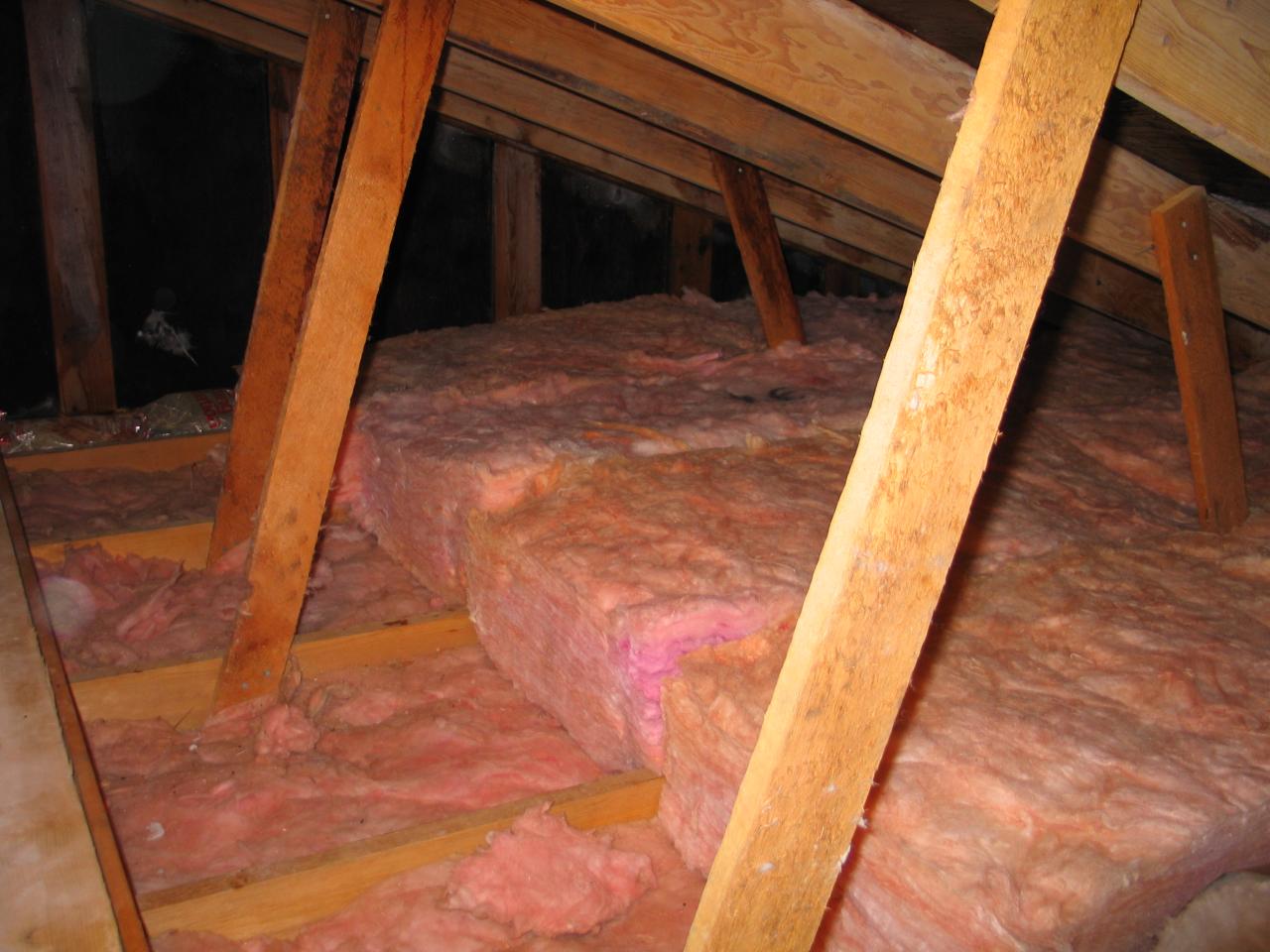
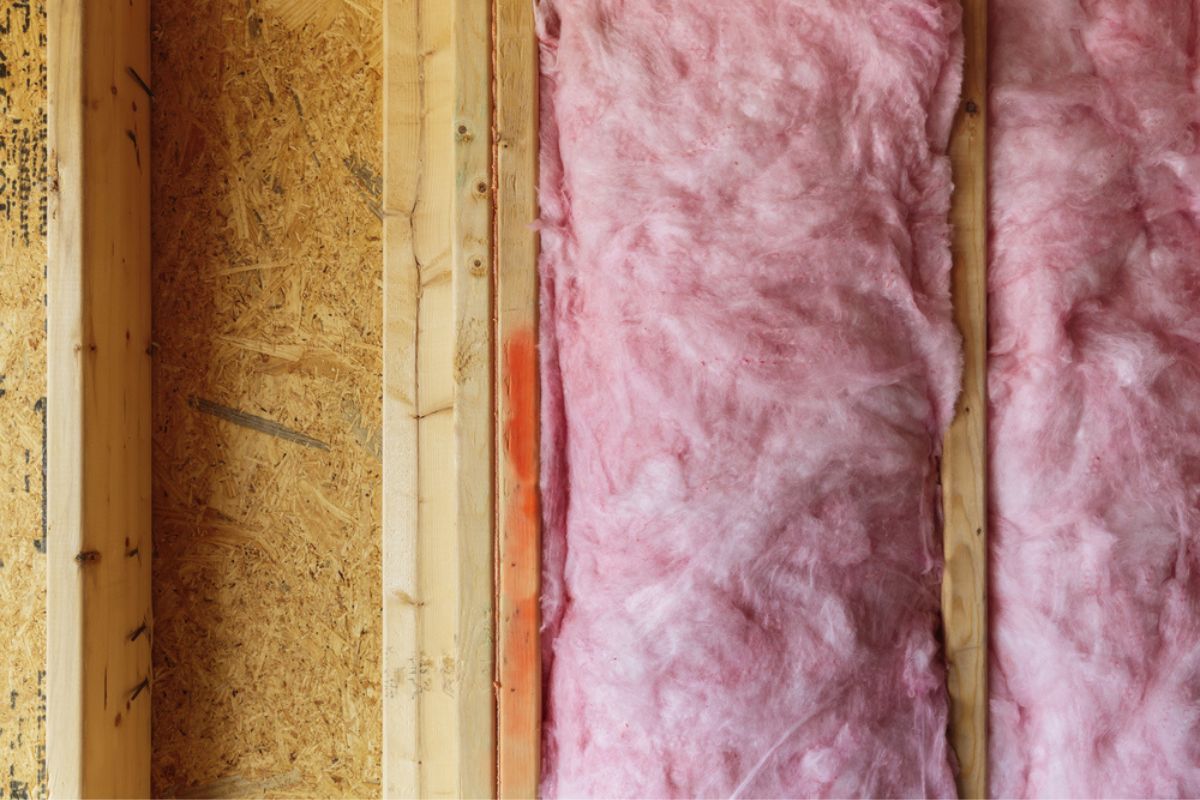
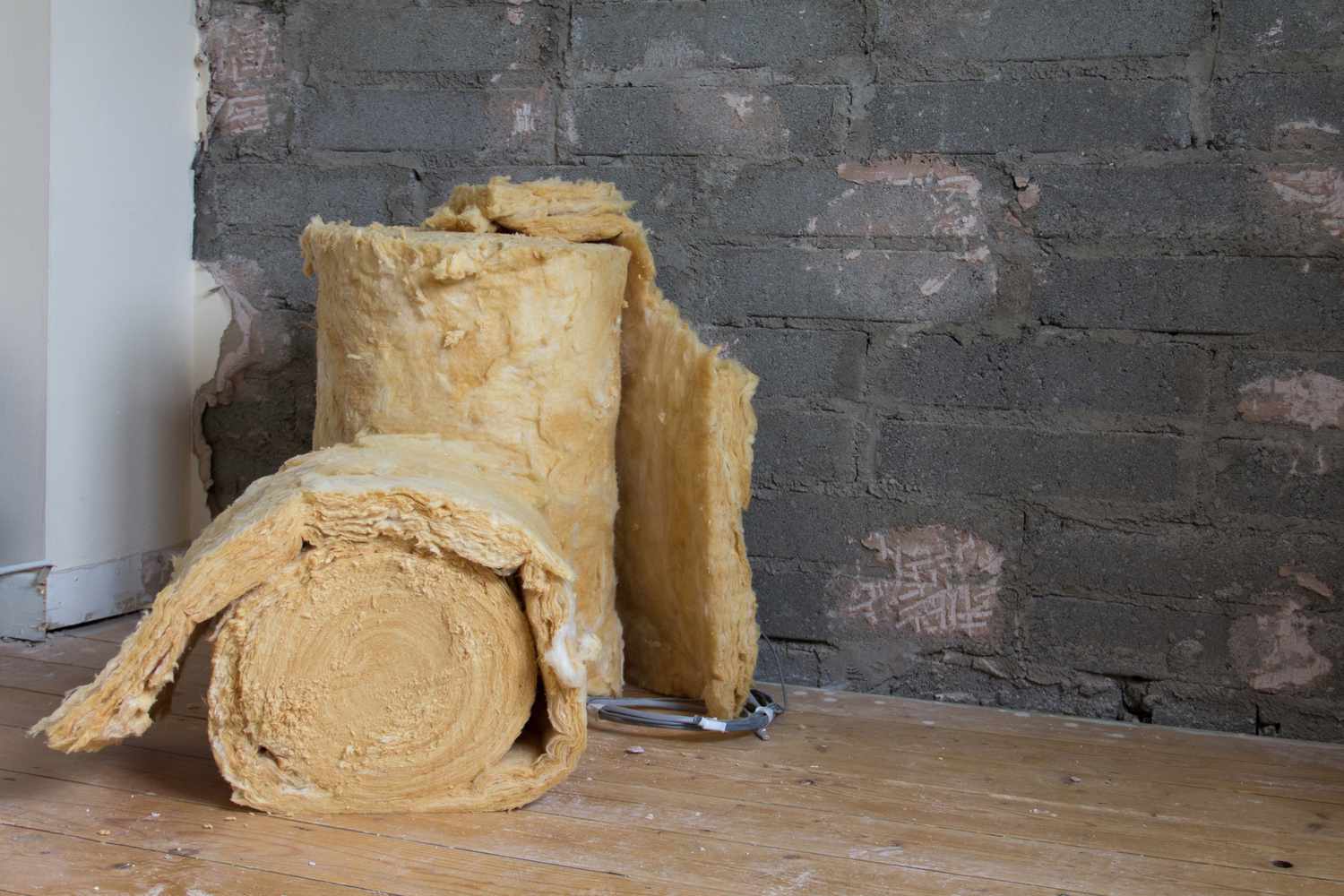
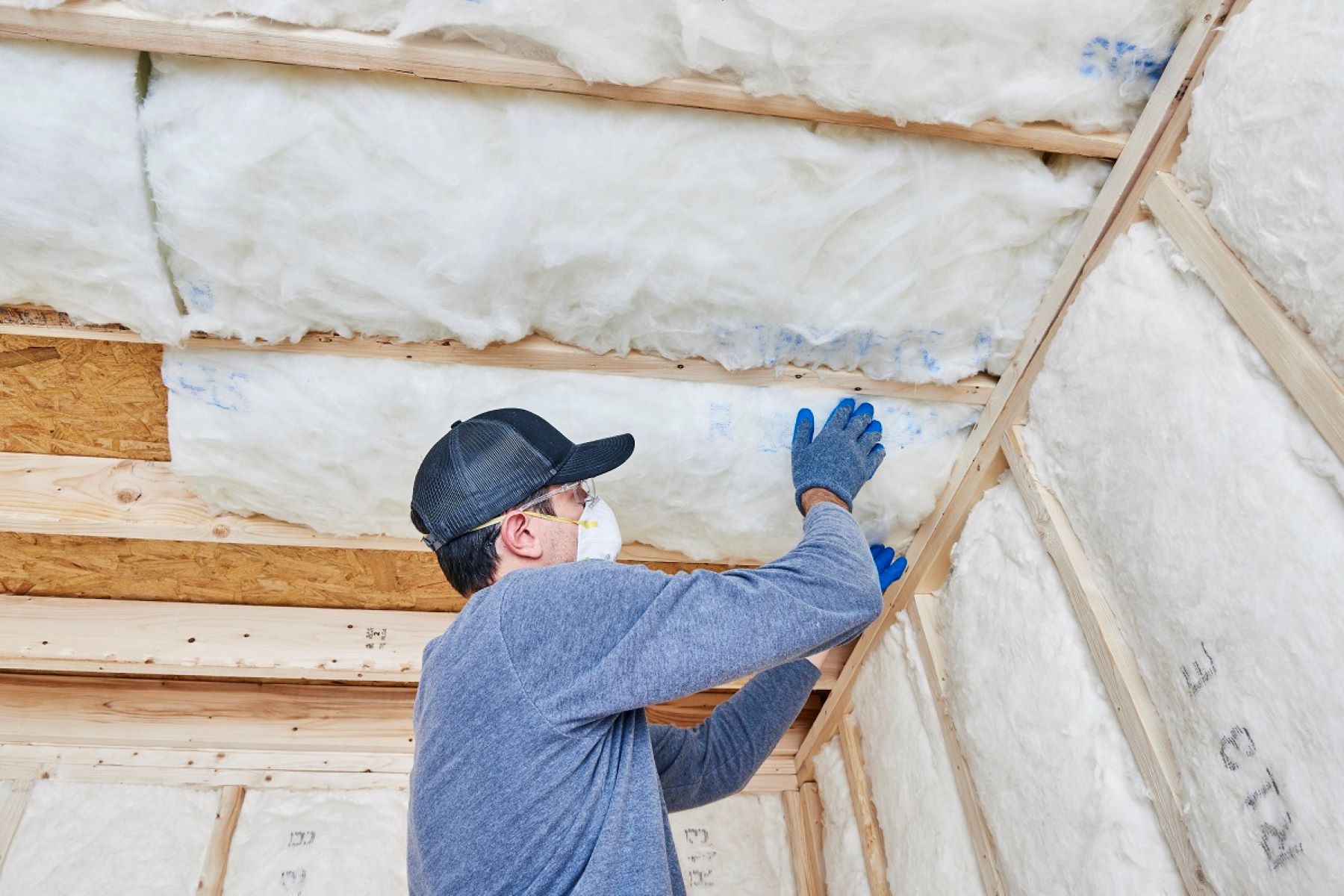
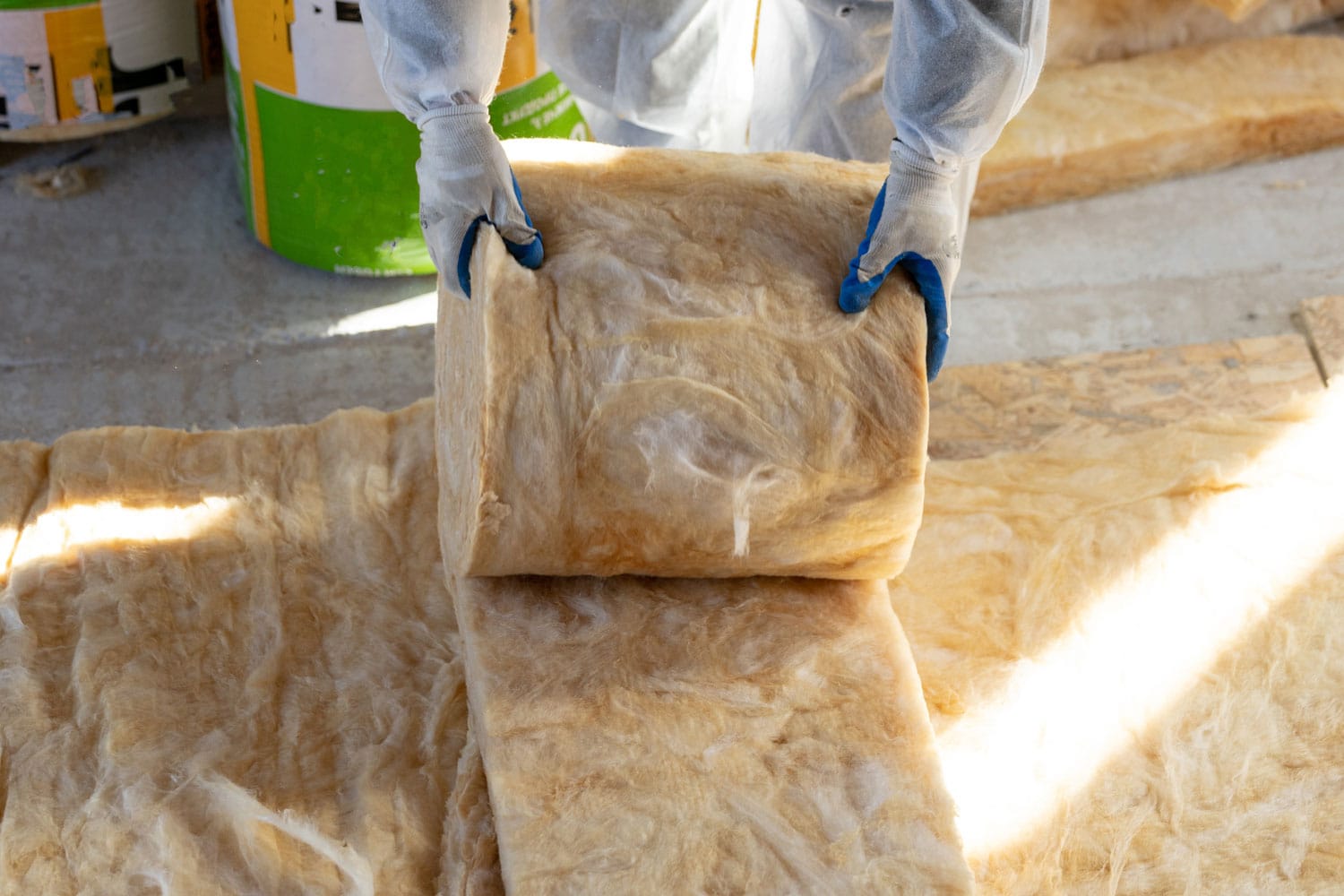
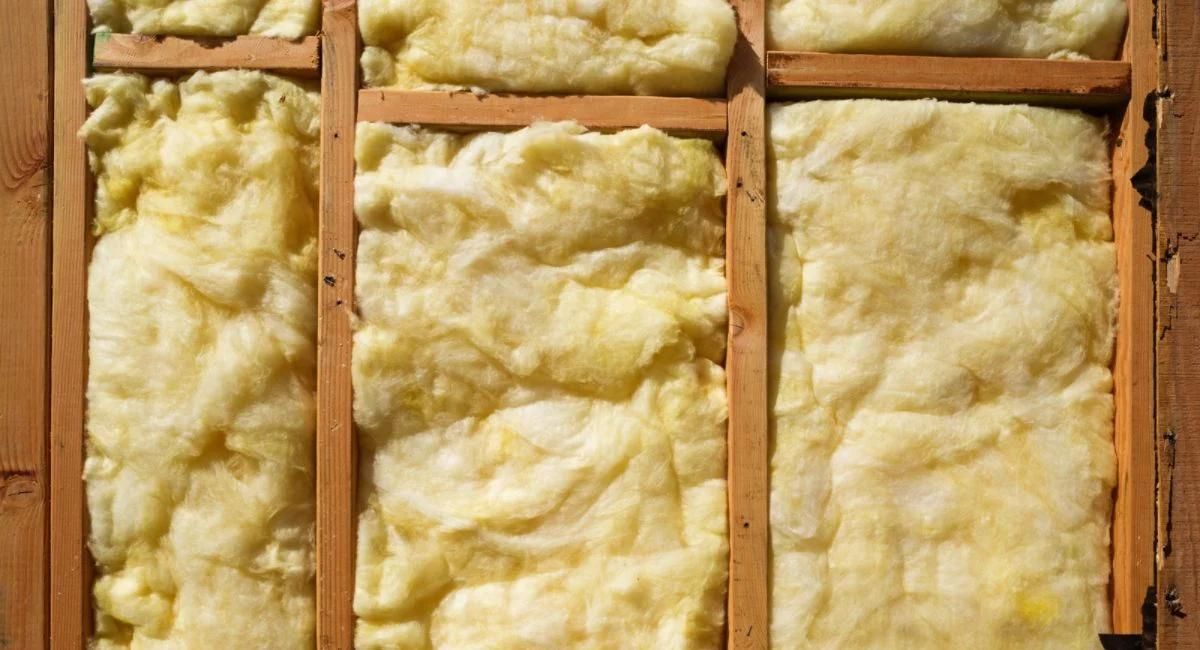
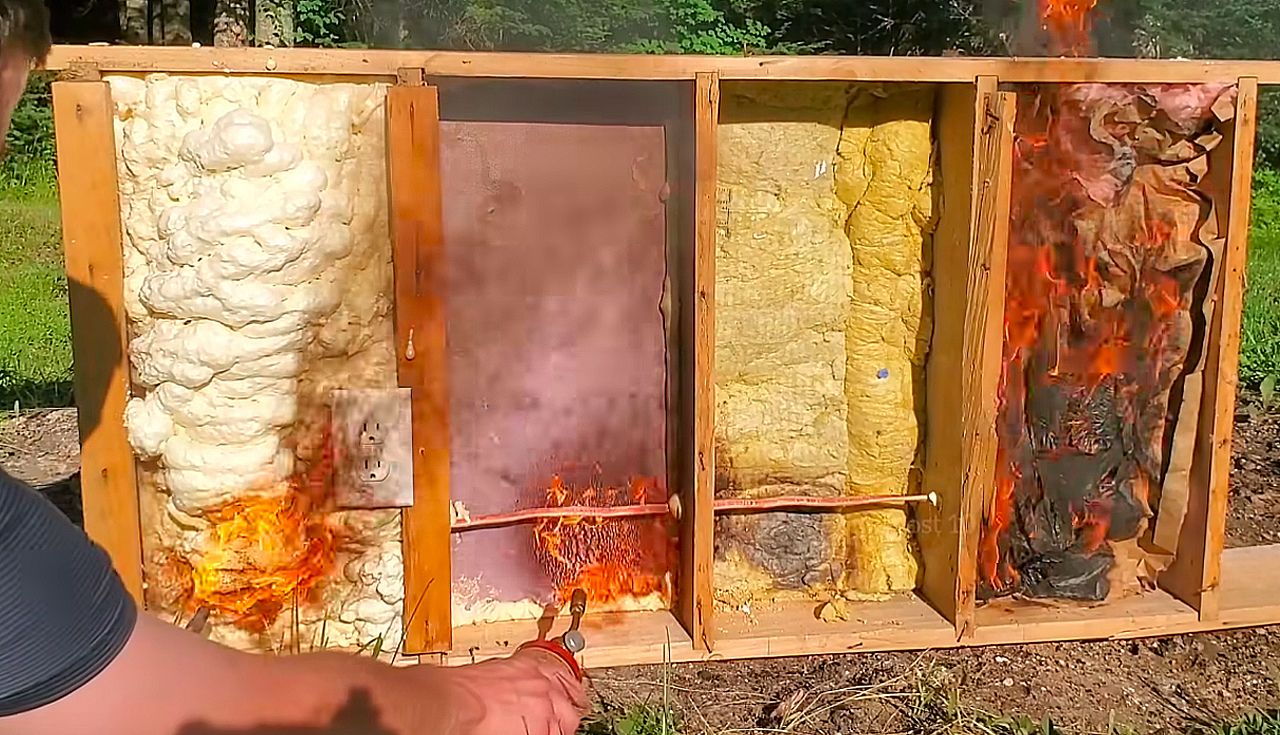
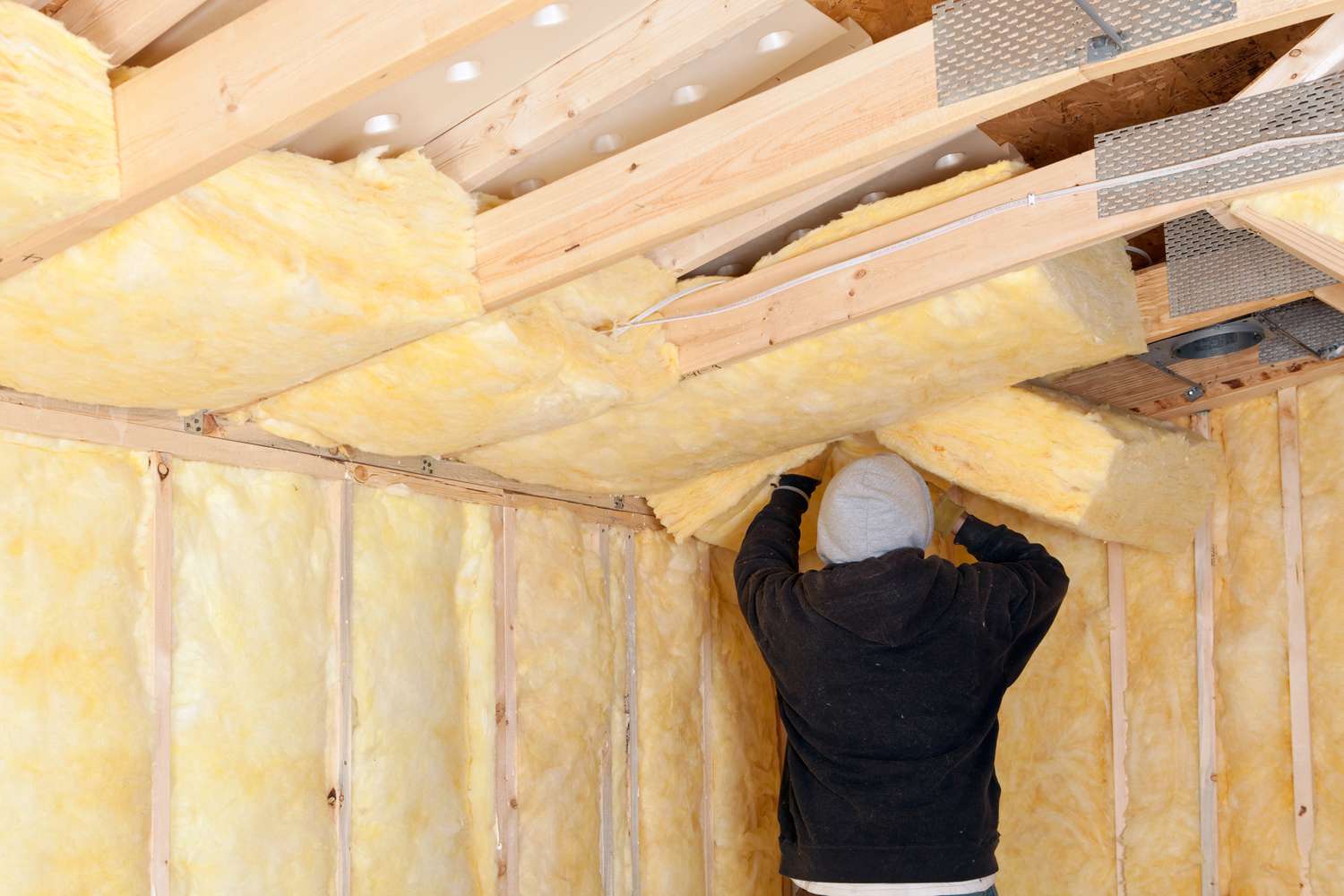
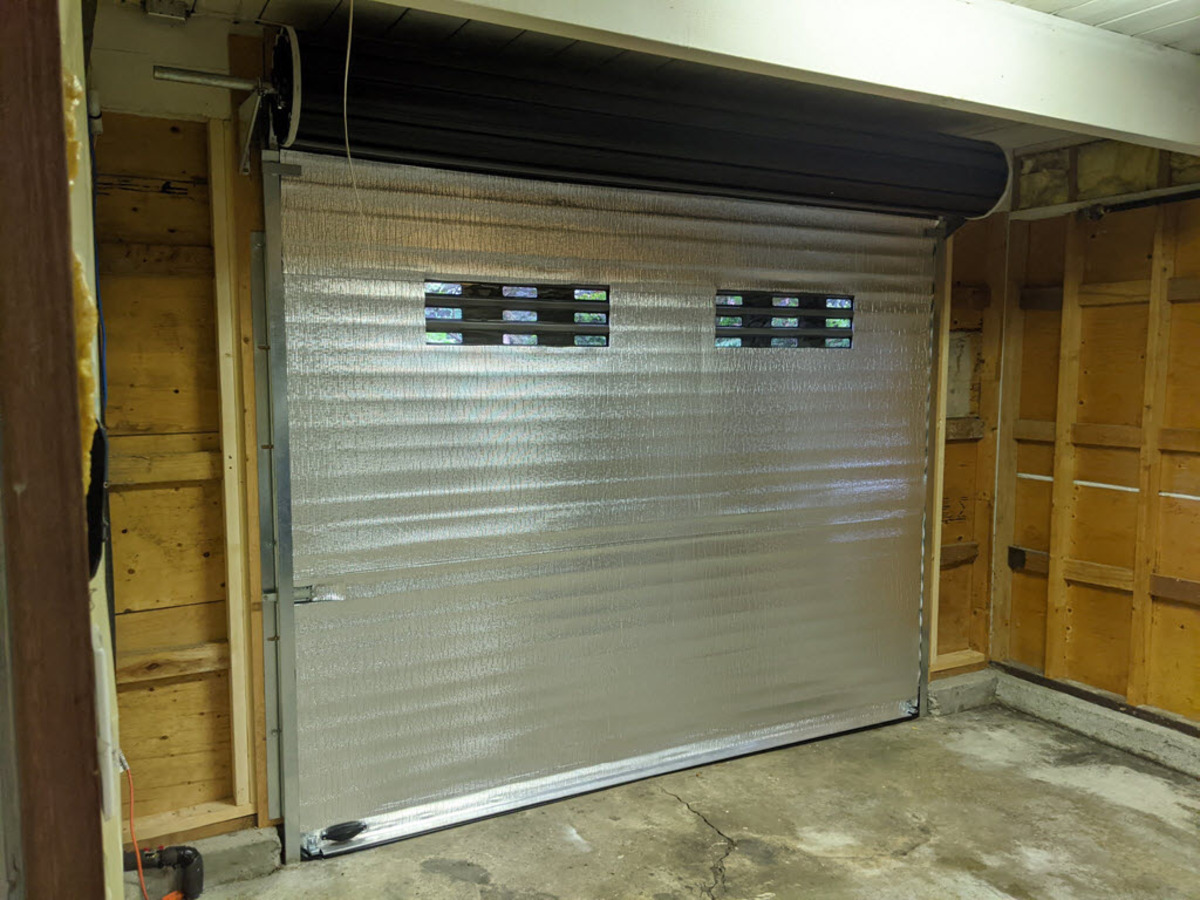
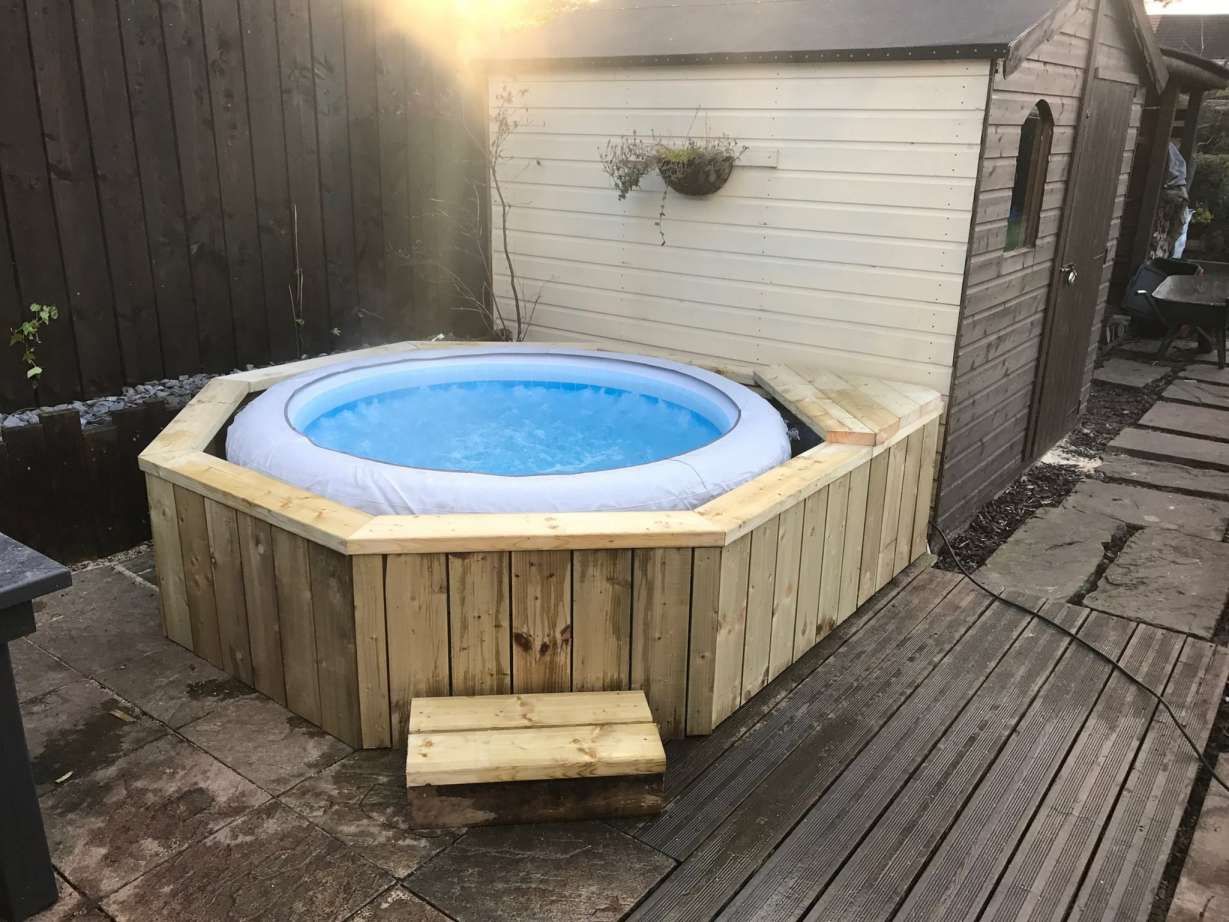
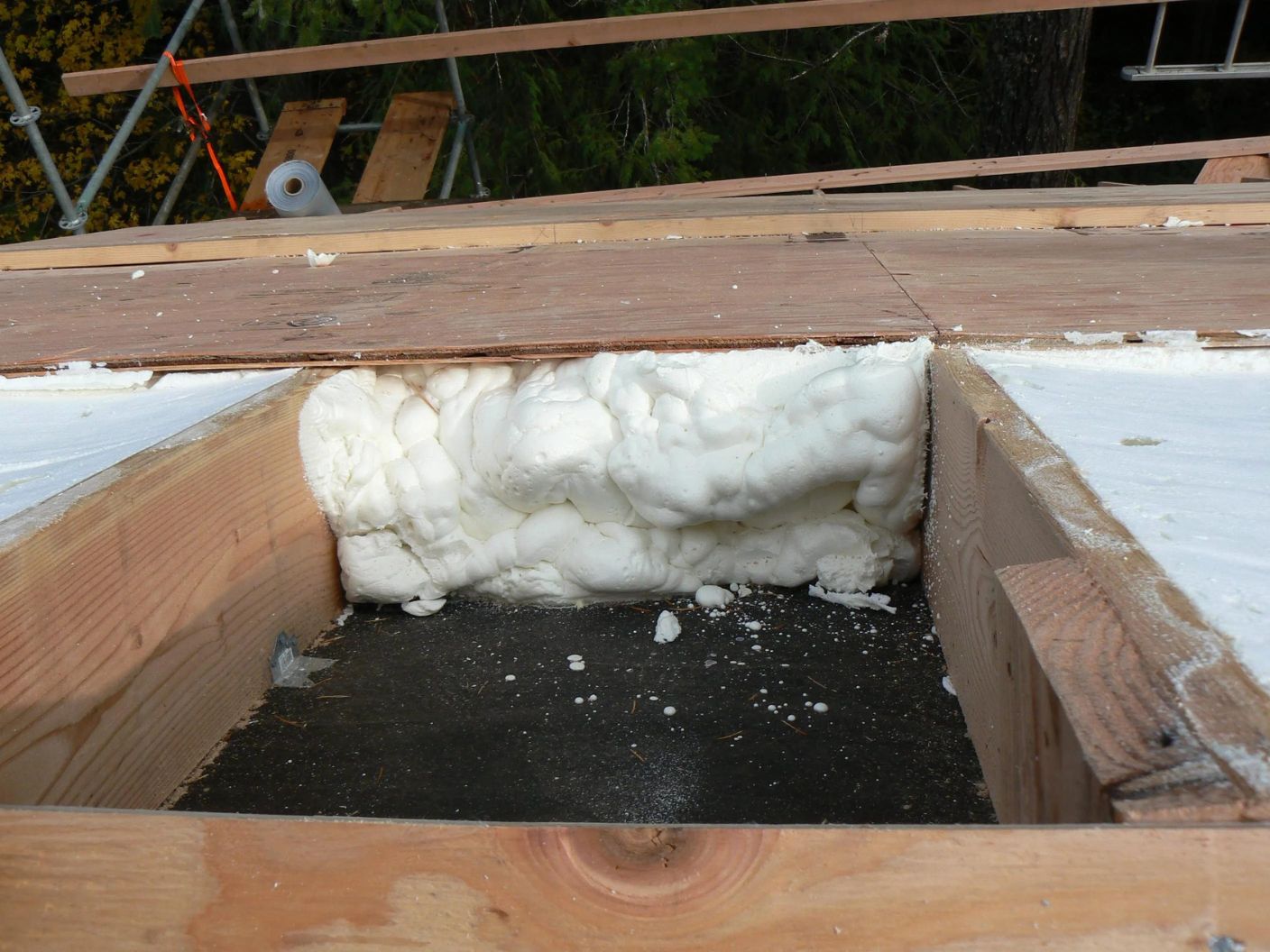
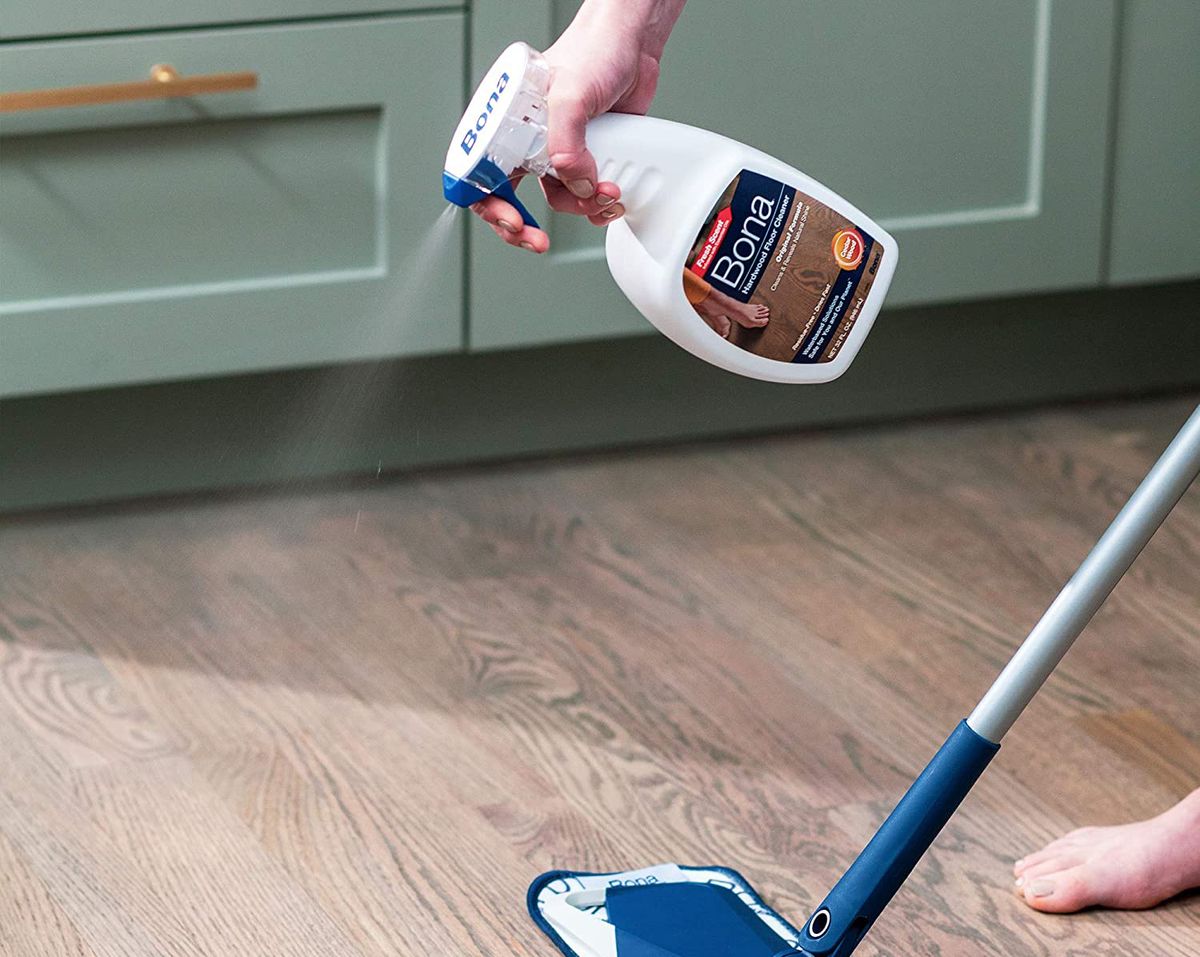
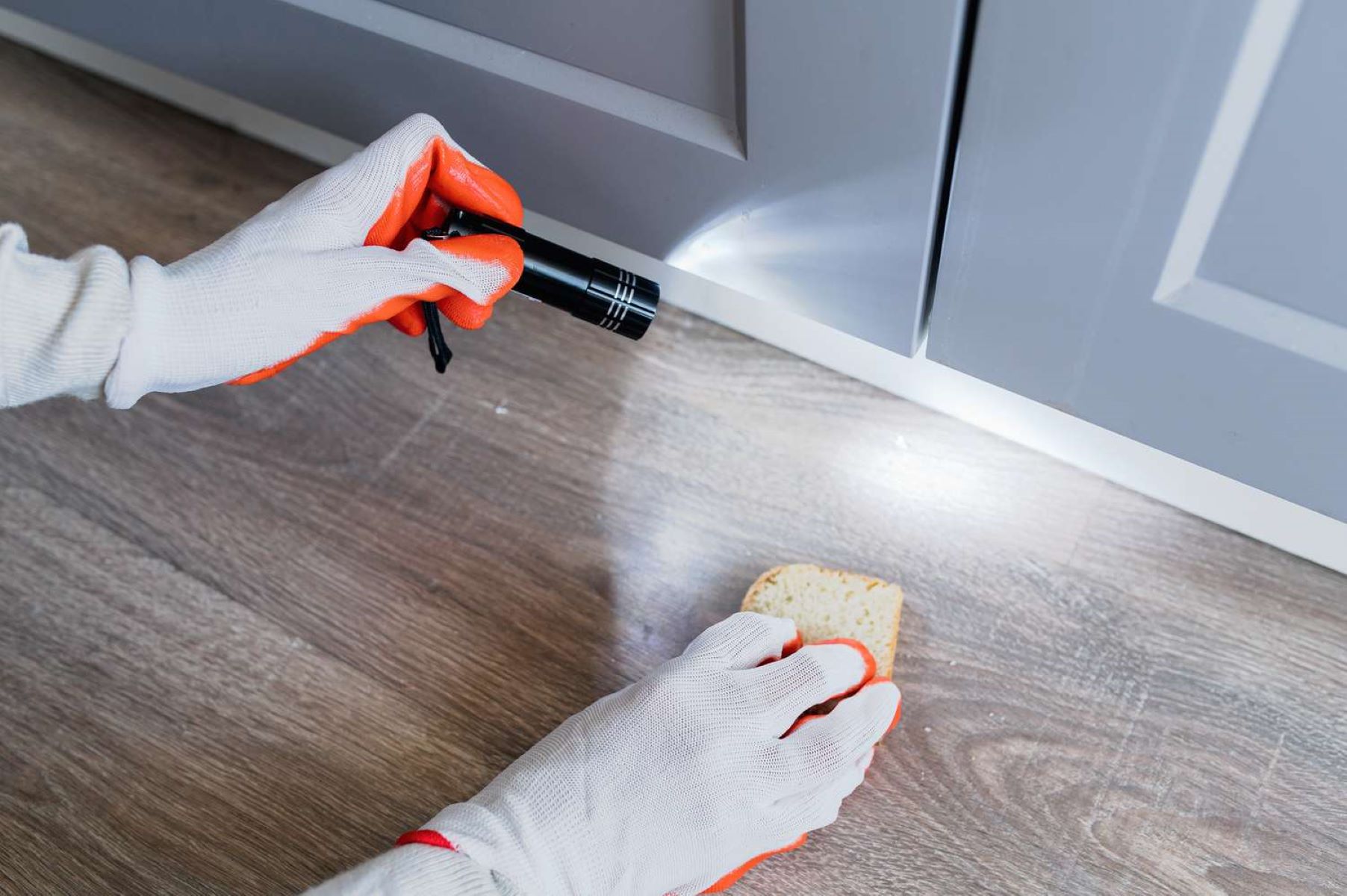

0 thoughts on “How To Clean Up Fiberglass Insulation”